- Have any questions?
- (516) 231-5815
- support@bes-efficiency.com
BES August 2025 RoundUp
BES Q2 2025 RoundUp
July 7, 2025BES November 2025 RoundUp
October 29, 2025Changes to MFEEP & AMEEP Incentives
On May 15, the Public Service Commission authorized ConEd's energy efficiency and building electrification programs for the 2026-2030 period. Effective January 1, 2026, the MFEEP & AMEEP non-comprehensive programs will no longer incentivize certain measures.
Changes to MFEEP & AMEEP Non-Comprehensive Measure Sales Effective Immediately (July 15, 2025):
Sales of the measures listed in the graphic will be accepted on a first-come, first-served basis until September 2, 2025, or until available funds are exhausted, whichever comes first.
There are many other state and federal incentive programs for energy efficiency upgrades. BES helps buildings identify, apply for, and capture incentive rebates reducing out of pocket costs of energy efficiency retrofits. Call us about your building today.
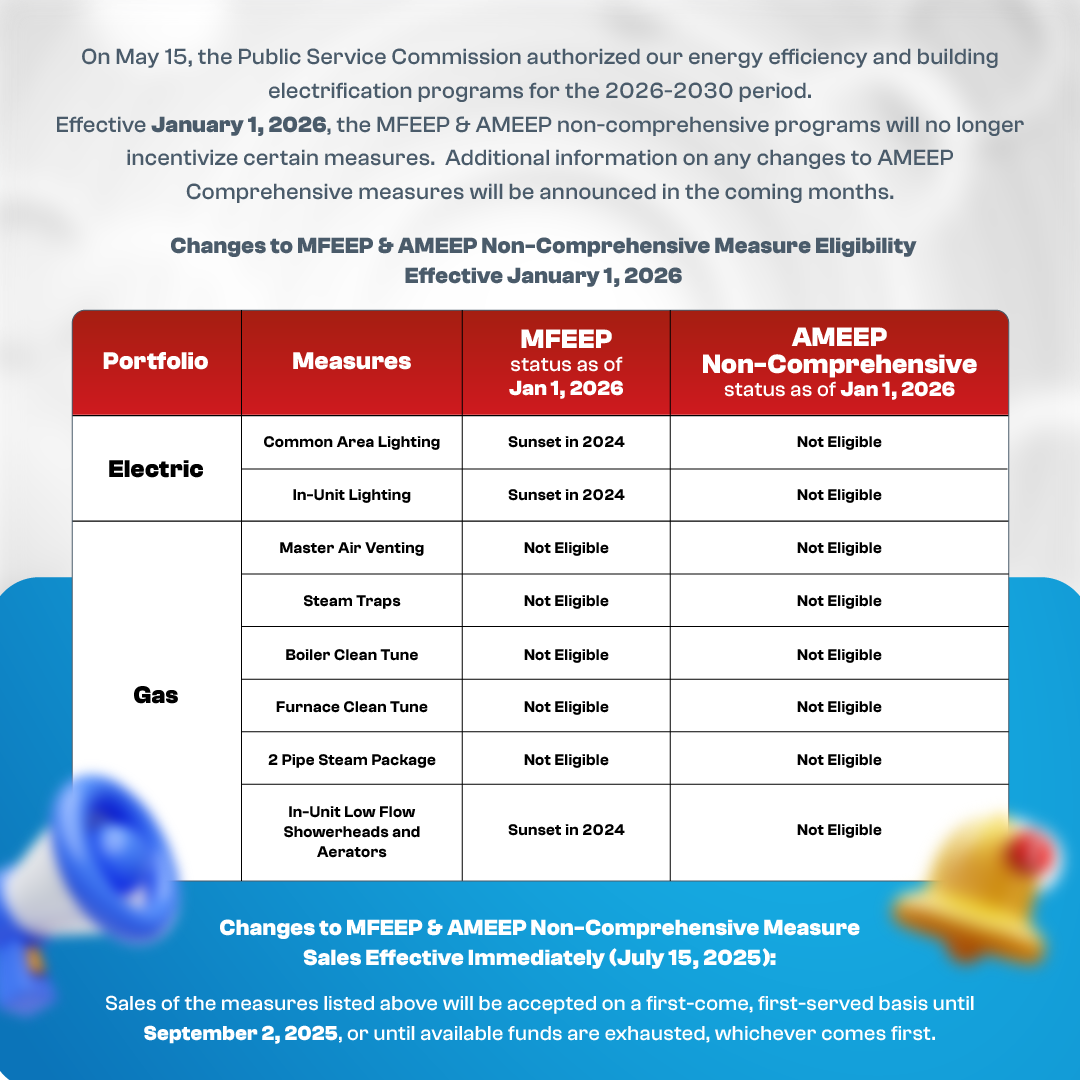

PACT Lunch and Learn
BES is hosting a Lunch and Learn in August for PACT projects and large 2-pipe multifamily buildings. The event will also be livestreamed on Teams featuring a deep dive on orifice plates, TRVs, and steam system balancing. Look out for your invitation soon.
Upcoming Events
September 21: Climate Week NYC
October 16: BuildingEnergy NYC 2025
October 20: NYC Real Estate Week
October 28: NYC REAL ESTATE EXPO
November 12: NEW YORK PROPERTY EXPO
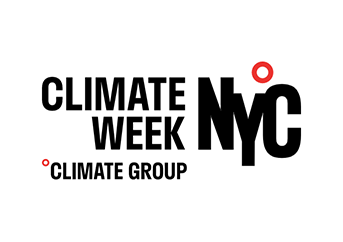
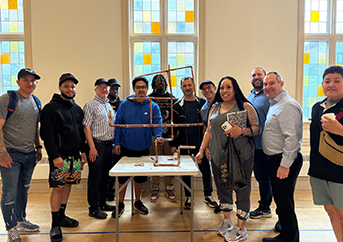
BES Upskilling
BES team members continue to reserve a Sunday every month for voluntary Upskill training advancing their plumbing skills and careers. Connect with BES HR if you'd like to learn more or join the BES family.
BES CASE STUDY
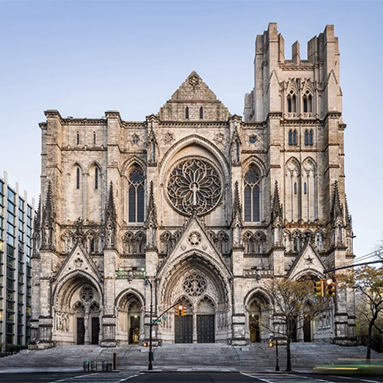
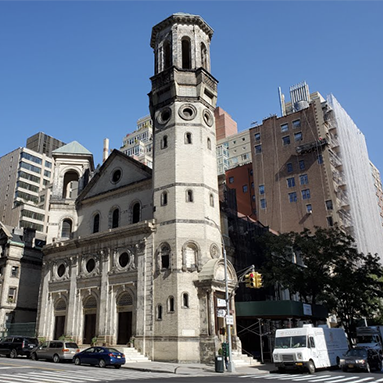
Article 321 House of Worship
Houses of Worship are classified as Article 321 under Local Law 97 and can leverage the 13 Prescriptive Pathway to comply
The Cathedral of Saint John the Divine is a 125-year old NYC landmark church experiencing steam system imbalance and excessive energy waste. BES surveyed the entire steam system. BES repaired or replaced all steam traps, unclogged steam line after years of maintenance neglect, and balanced the steam heating system. The church has estimated annual savings of 32,394 therms.
The Church of St. Paul and St. Andrew experienced steam system issues throughout the chapel, parish, rectory, soup kitchen, and school contributing over and under heated radiators, discomfort, and energy waste. BES reapired 100 thermostatic and F&T steam traps, replaced the boiler in the rectory, fixed vacuum pumps, and repaired condensate return lines. The church has estimated annual savings of 11,351 therms.
BES specializes in diagnosing steam balancing problems using a holistic approach to steam distribution systems. We help houses or worship and affordable housing buildings complete the 13 prescriptive energy conservation measures to comply LL97 and identify and capture eligible incentives to reduce expenses. Filing deadlines have been extended until the end of the year with an extension request, so reach out to discuss your building and the BES Turnkey solution to reduce energy consumption, reduce operating expenses, and comply with Local Law 97.
Projected Energy Savings
Reduced Project Cost
SPOTLIGHT: ORIFICE PLATES
Steam traps are essential for maintaining balance, ensuring tenant comfort, and heating efficiency in 2-pipe steam systems. However, steam traps tend to fail after 3-5 years, and Local Law 87 (LL87) mandates steam trap repairs every 10 years, which can lead to significant expenses and disruptions for tenants. Installing orifice plates eliminates the need for steam traps and repeated maintenance altogether.
What Are Orifice Plates?
Orifice plates are engineered to match radiator output, precisely controlling the amount of steam entering the radiator. Sized to allow only enough steam to fill up to 80% of the radiator, they ensure the steam condenses before it reaches the steam trap. This prevents steam from passing through the trap and entering the return line, which can cause imbalances in the system. BES has engineered an advanced steam flow model, allowing for an orifice plate schedule that eliminates anomalies and ensures efficient heat distribution across the building.
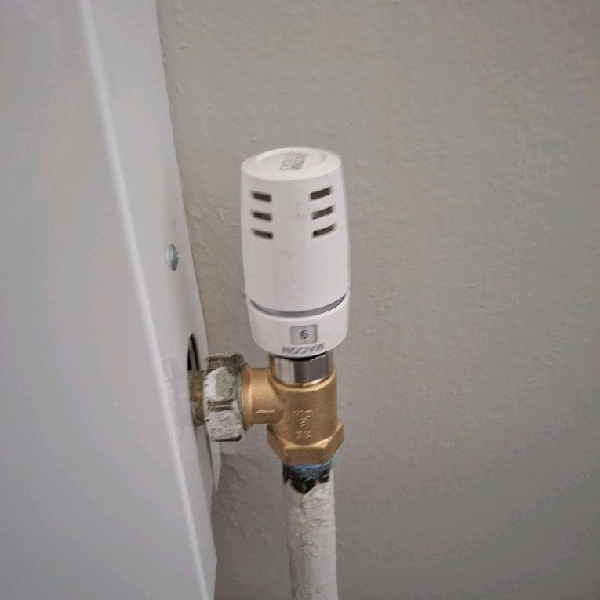
Orifice Plates & TRVs
In 2-pipe systems, orifice plates are often installed alongside thermostatic radiator valves (TRVs). This combination provides controlled heating and results in significant energy savings. The dual implementation of orifice plates and TRVs not only optimizes steam heating system performance but also reduces energy consumption and maintenance costs.
TRVs and Orifice Plates (or radiator steam trap repair) are two of the thirteen measures in the LL97 Affordable Pathway that help low-income buildings avoid penalties.
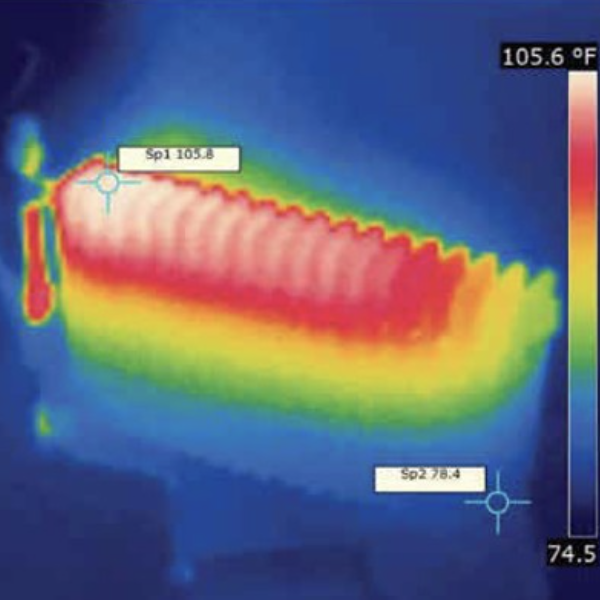
BES Innovation
Traditional full-size orifice plates, which come in 1/64-inch increments, often lead to inefficiencies at the upper limit of radiator section ranges. For example, an orifice limited to 1/64” increments may allow a radiator to fill to only 55%, which often fails to provide adequate heat.
BES has introduced die stamped half-size orifice plates, in 1/128-inch increments, to bridge this gap. These half-sizes ensure radiators consistently fill to the optimal 80%, enhancing overall system efficiency and providing more reliable heating across buildings.

